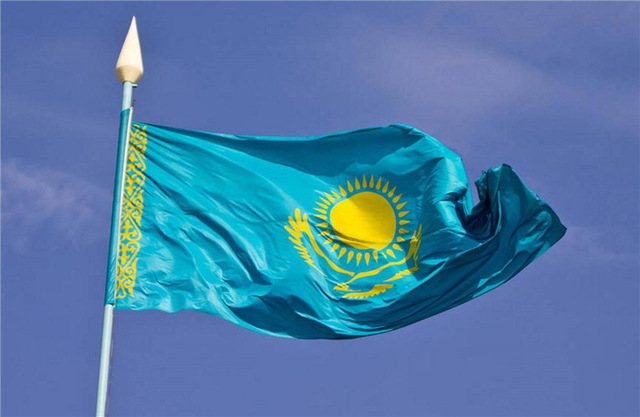Capital residents may participate in creating the Nur-Sultan Comfortable City master plan through the city’s development accelerator, according to the city administration. All proposals related to constructing social facilities, expanding the roadway and increasing bike routes should be lodged at www.nursultansmartaccelerator.com. Individuals may also participate in master plan meetings and discussions. “The platform will enhance feedback from people and implement their ideas and suggestions. The programme for the development of public spaces is important in the concept of the city for people. The city should be convenient for pedestrians, as well as people should have places to spend their free time. We will create all the necessary conditions for this,” said Akim (Mayor) Altai Kulginov.
Almaty, Nur-Sultan and Uralsk led in regional digitisation performance, reported the Ministry of Digital Development, Innovation and Aerospace Industry. The study involved 14 regional centres and three cities of national significance. The assessment was based on smart city standards consisting of 11 different directions and 80 indicators such as healthcare, education, housing and communal services, transport, environment, social sector and other spheres. The rating is designed to increase digital activity in the regions. “Digital Kazakhstan was adopted two years ago. Many digital projects were implemented in the regions. We made this rating to show the results. We believe it will be a good incentive to increase digital activity in the regions,” said Vice Minister Ablaikhan Ospanov.
Subsidies for all state programmes increased 80 percent in 2019 compared with the same period in 2018, reported Forbes.kz. Changes were made to cancel regional coordination councils under akimats (administrations), as well as expand housing initiatives through the Housing Construction Savings Bank and second-tier banks, sales and the 7-20-25 mortgage programme. “We supported 8,600 projects worth 302 billion tenge (US$800 million) under the loan guarantee programme. The guarantee conditions were signed with eight banks and the banks make decisions, which reduces the terms of consideration. This was possible due to the fact that in 2017 we revised the strategy as part of the support of micro, small and medium-sized enterprises,” said Damu Fund Managing Director Aiman Sarsengaliyeva at the press conference.
Approximately 1.5 million people visited Turkestan’s Khoja Ahmed Yassawi Mausoleum in 2019, reported Kazinform, and the plan is to increase the figure to five million by 2025. Authorities are developing historical and cultural tourism in Otrar and Turkestan, eco-tourism in the Tolebi and Tyulkubas districts and the Saryagash district resort zone. “We have 168 hotels, 51 resorts and 60 recreation centres in the region. We launched 57 tourist routes. This year, there are plans to open 20 hotels. The hotels in Turkestan are undergoing major repairs in accordance with international requirements. The construction of the visitor centre, national centre for traditional crafts on the Silk Road, the international airport, the Museum of Khoja Ahmed Yassawi and other tourist facilities are underway,” said Turkestan Region Deputy Akim (Governor) Meirzhan Myrzaliyev at a Jan. 20 Regional Communications Service meeting.
More than 30 families, or 206 people, moved to Pavlodar in 2019 as part of the Development of Productive Employment and Mass Entrepreneurship 2017-2021 programme, reported the regional press service Jan. 22. The initiative aims to increase labour mobility. The government paid the individuals more than 18 million tenge (US$48,000) in subsidies and 60 million tenge (US$160,000) to rent housing. Families moved from the Almaty, Kyzylorda, Mangistau, Turkestan and Zhambyl regions and Almaty, Nur-Sultan and Shymkent. “The reasons of internal migration include returning to one’s homeland, a quality education and labour opportunities,” said a Pavlodar administration spokesperson.
Air Astana increased passenger traffic by 17 percent in 2019, as the airline carried 5.058 million passengers, reported the company press service. Domestic passenger traffic grew by 36 percent. Total traffic grew by 32 percent in the past six months, while internal traffic increased 62 percent in the six months and 93 percent in December. Air Astana President Peter Foster noted the high passenger flow rates are the result of the company’s efficient work, including operating the FlyArystan low-cost airline launched in May. Kazakhstan became one of the fastest growing markets in 2019, a trend that will continue through the expansion of the fleet and geography of FlyArystan flights.


